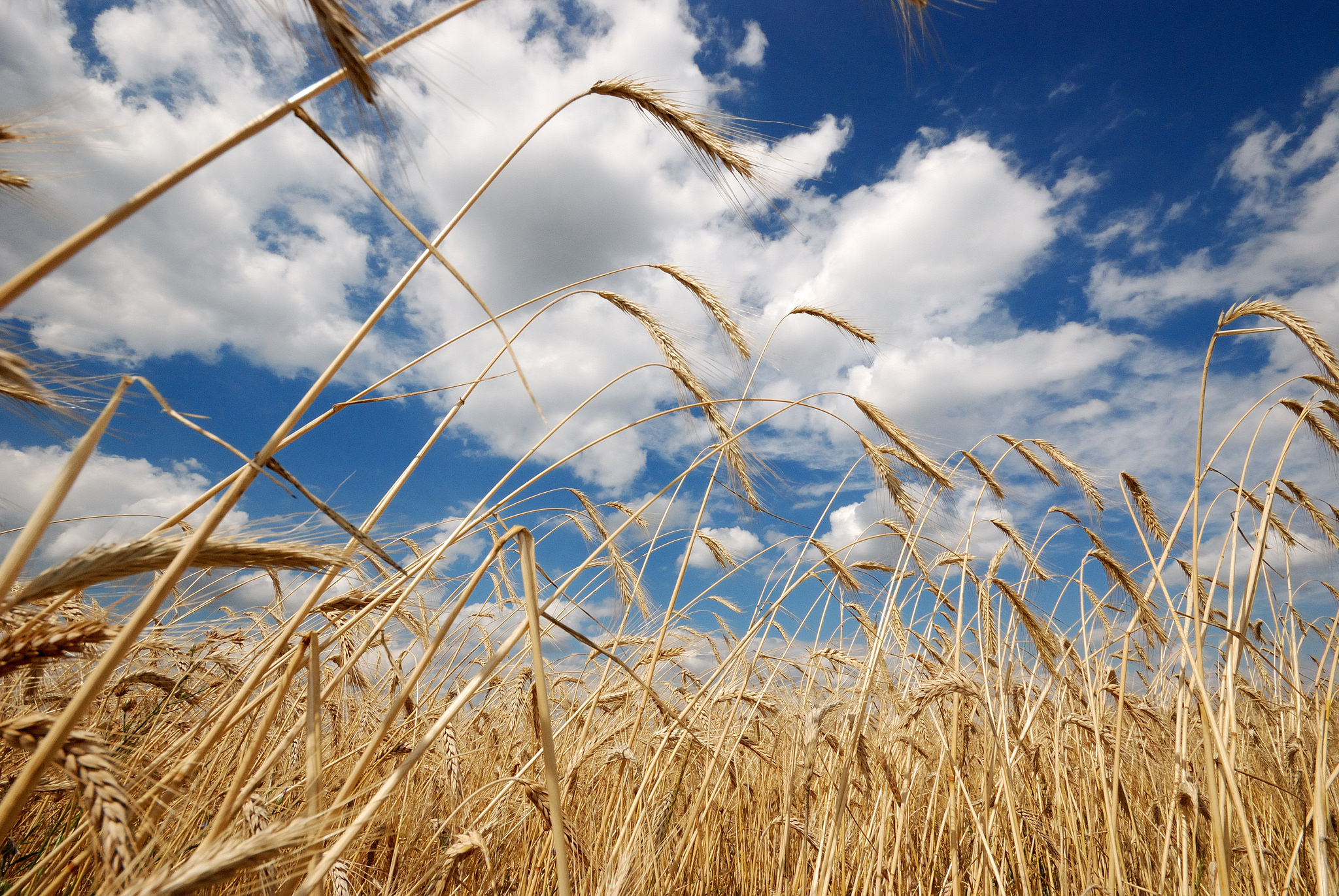WASHINGTON – It’s no secret that farming is a business with more than its share of ups and downs. Sometimes it’s too much of a good thing. While ranchers are benefiting from the low feed costs and high meat prices, Iowa’s grain farmers are struggling with an oversupply challenge.
“You just take turns in this farming game,” said David Baker, a farmer with 38 years of experience in growing corn and soybeans in Lake Park, Iowa. “Now it’s just the turn for the livestock farmers to earn more money. But we will come back later.”
According to the latest USDA reports, improvements in technology and relatively good weather in recent years have helped Iowa farmers increase corn storage. It was up about 20 percent as of June 1, compared with a year earlier. Soybean storage was up more than 30 percent.
Because of the record-high production, prices farmers received in 2014 were much lower than what they got in previous years.
Iowa Secretary of Agriculture Bill Northey said in a phone interview that farmers have legitimate concerns. “To those farmers who really depend on their sales in this coming fall [to make a profit], they may face a loss situation, even under the best circumstances.”
But in the long term, Northey believes the market will correct itself and bring prices back to normal. “When low prices are not enough to support farmers to continue the same amount of acres, we will expect the prices of grains to go up because of limited supplies.”
Grant Kimberly, market development director at Iowa Soybean Association and a 6th generation farmer, agreed with Northey. He is expecting stronger demand in the near future because of the low grain prices. “Then we will eventually utilize more of this extra supply we currently have,” he said.
This is also David Baker’s strategy. He is holding part of last year’s harvest, hoping to sell it at a higher price down the road.
“Margins are much lower nowadays,” Baker said. “The input cost, such as fertilizers, seed and also land rent, is not coming down as quickly as the grain price did.”
But do Iowa farmers still have enough space to store those extra grains? Grant Kimberly said yes: “Farmers are increasing their on-farm storage capacity over the past 10 years, so there shouldn’t be problems.”
Benefits are flowing from previous investments. According to USDA report, on-farm soybean storage doubled from June 2014 to June 2015 and on-farm corn storage rose more than 30 percent.
In order to make profits under the low price pressure, some Iowa farmers are cutting input costs.
Mark Peterson, owner of the Bent Gate Farm near Stanton, Iowa, said he started trimming expenses on fertilizers to make a return. Peterson doesn’t have on-farm storage facilities, so he sold all his grains to a local grain elevator coop at low prices. The co-op plans to resell the grains to manufacturers or livestock farmers at a slightly higher price, Peterson said in a phone interview.
“What cures low prices are low prices,” Kimberly said. “We already see the prices coming up a little bit in the past weeks. Farmers respond to market very quickly. It may be a hard time now, but they have faith.”

